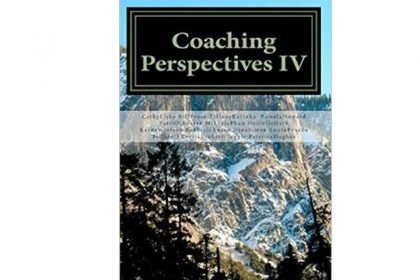By guest blogger Bonnie Chernin, CPC
June 2014
- ROI abandoned as a key statistical measurement to determine the impact of coaching.
- Latest survey shows a trend away from ROI toward a feedback-based measurement in coaching practice.
 Sherpa Coaching just released their 2014 Ninth Executive Coaching and Leadership Survey earlier this month. Surprising new findings present a major shift in the way coaching effectiveness will be measured and interpreted going forward.
Sherpa Coaching just released their 2014 Ninth Executive Coaching and Leadership Survey earlier this month. Surprising new findings present a major shift in the way coaching effectiveness will be measured and interpreted going forward.
The question asked in the survey is: In your experience, how are the benefits of coaching most often measured? Participants included executive and business coaches (66% and 11%); HR and training professionals (9%); business leaders (7%) and other coaches (7%). The 845 respondents included coaches, clients and HR professionals from 50 countries. The All Respondents Summary results are published in the survey:
- 360 assessments before and after (Goldsmith method) – 28%
- Well being and engagement framework – 21%
- Performance reviews – 20%
- IOB: Impact on Business (Sherpa method) – 13%
- ROI: Return on Investment – 11%
- Effectiveness of Learning (Kirkpatrick method) – 7%
The results clearly show the 360 measurement – using feedback taken before and after coaching – is the preferred method and is most often used by external coaches. With ‘Well-being and engagement framework’ at 21% and the measure frequently used by internal coaches, the focus is trending away from a quantitative measuring approach toward a methodology that reflects coaching’s benefits. This corresponds with a drop among the number of consultants who use ROI to determine the value of coaching, down from 33% to 22% this year. Significant also is the survey result that “only 11% of executive coaches attempt an ROI measurement.”


